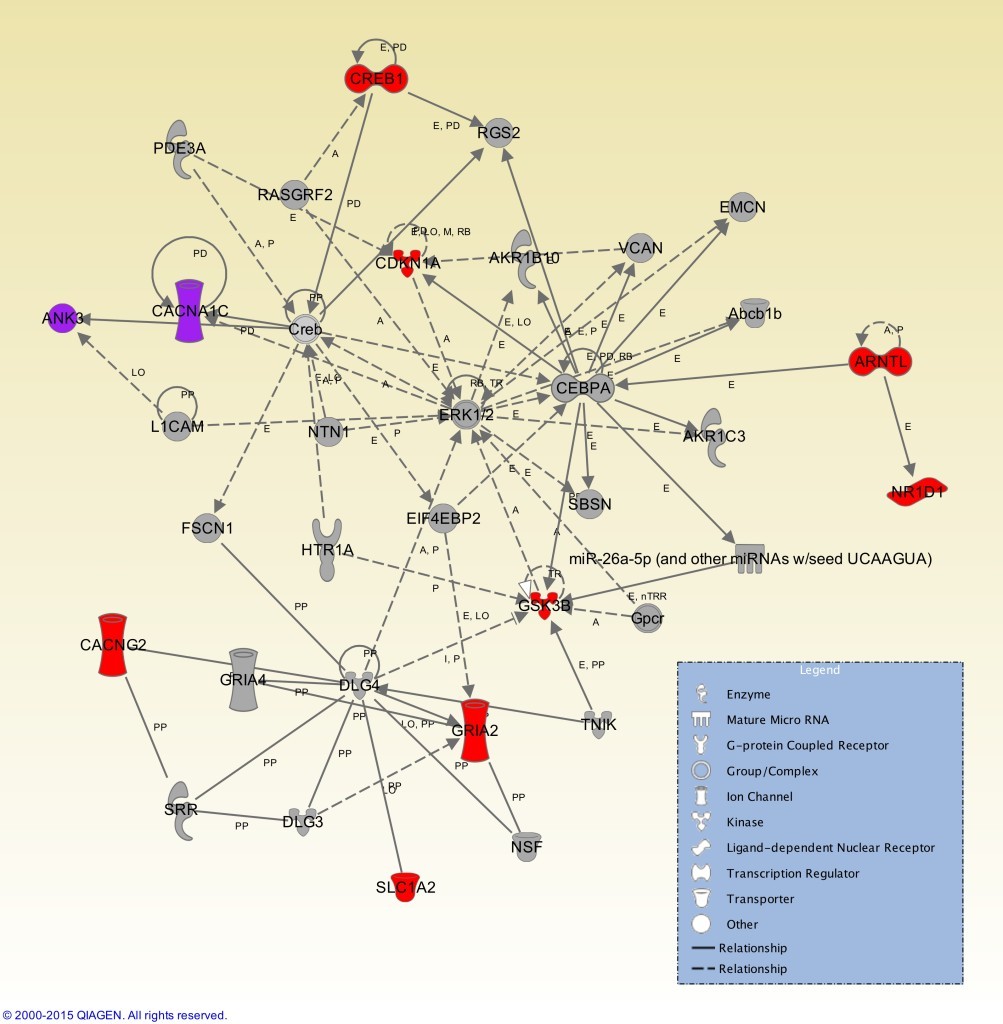The Athey Lab in the Department of Computational Medicine and Bioinformatics (DCM&B) University of Michigan Medical School, is led by Dr. Brian Athey (see Atheylab.ccmb.med.umich.edu).
The lab is working on two complementary domains of research and development.
1. The Athey Lab’s recent research interests are in the creation and use of bioinformatics pipelines and machine learning methods to radically improve the efficacy of psychiatric pharmacogenomics—allowing patients to take the most effective drug for their illness and suffer the fewest side effects. This area of research centers on the exploration of the ‘pharmacoepigenome’ in psychiatry, neurology, anesthesia and addiction medicine. This research employs high-throughput 4D microscopic imaging of enhancers, promoters and chromatin features, using fluorescence in situ hybridization (FISH). These methods are coupled with Hi-C chromatin conformation capture, chromatin state annotation, localization in postmortem human brain tissue and induced neuronal pluripotent stem cells, and machine learning for identification of regulatory variants, to provide insight into the genetic and epigenetic mechanisms of inter-individual and inter-cohort differences in psychotropic drug response
2. The Athey Lab is also developing new high-throughput methods to analyze images of genes in the context of the cellular nucleus to better understand the machinery of bioinformatics in context. One main area of research is the application of high resolution fluorescence optical microscopy coupled with high-throughput analysis, 3D imaging and machine learning to explore the chromatin structure and nuclear architecture of cells. This research emphasizes the convergence between 3D structural predictions and 3D structural measurements with microscopy, to provide insight into the transcriptional architecture of the interphase nucleus.
This area of research centers on the exploration of the ‘pharmacoepigenome’ in psychiatry, neurology, anesthesia and addiction medicine. This research employs high-throughput 4D microscopic imaging of enhancers, promoters and chromatin features, using fluorescence in situ hybridization (FISH). These methods are coupled with Hi-C chromatin conformation capture, chromatin state annotation, localization in postmortem human brain tissue and induced neuronal pluripotent stem cells, and machine learning for identification of regulatory variants, to provide insight into the genetic and epigenetic mechanisms of inter-individual and inter-cohort differences in psychotropic drug response.
Collaborations: The lab works very closely with Assurex Health, Inc. (Mason, Ohio) on project 1. This work is governed by a Regents-approved Master Agreement between U-M and Assurex Health, Inc. Similarly, the lab collaborates closely with the tranSMART Foundation (tF), and this is also governed by a Master Agreement between U-M and tF.
The lab collaborates with the Brady Urological Institute at Johns Hopkins Medical School, lead by Dr. Ken Pienta, to build on their extensive 2D characterization of prostate tumors, by the introduction of simple chromatin dyes, advanced biomarkers, and 3D imaging systems.
The lab works closely with Dr. John Wiley of University of Michigan Health System, studying the effect of glucocorticoids on the neuroblastoma based cell line Sy5y before and after treatment with retinoic acid and BDNF, particularly in their terminally differentiated condition.
The lab also collaborates with Dr. Christoph Cremer from the Institute of Molecular Biology in Mainz, Germany, investigating super-resolution microscopy techniques.

